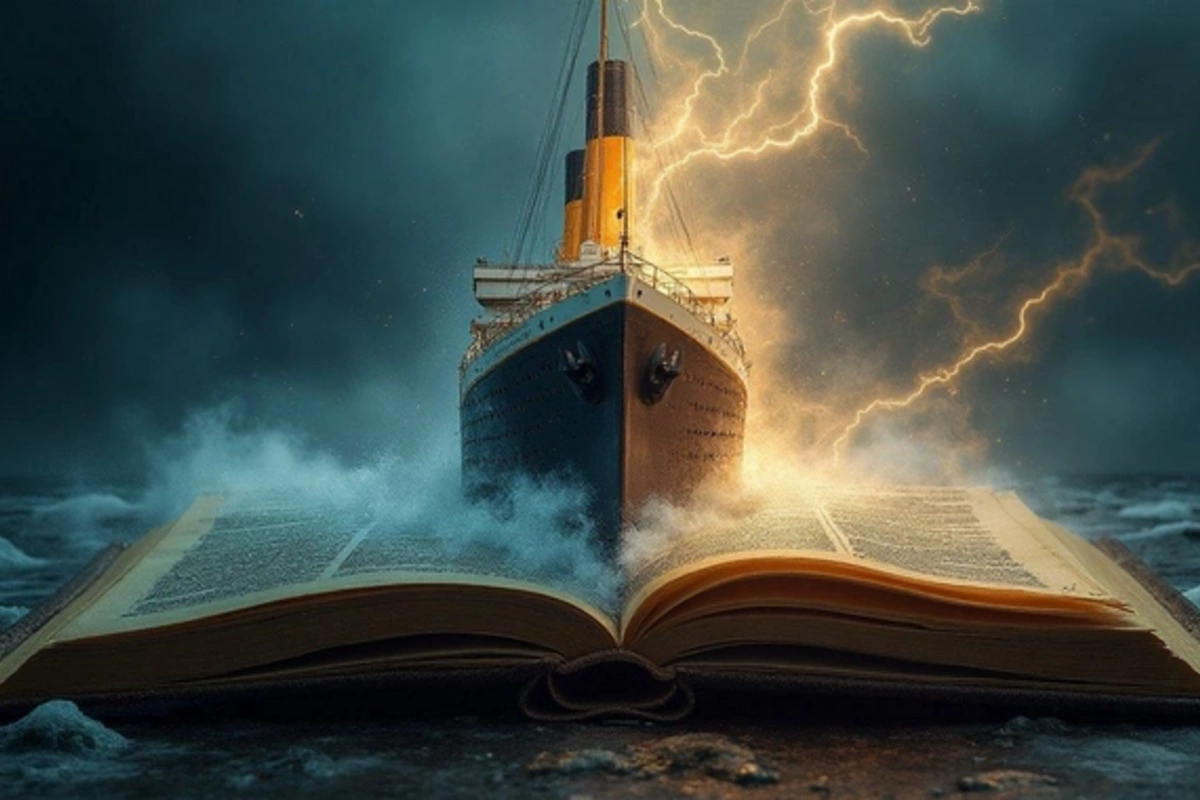20 Jun , 15:34
0

AMAZING COINCIDENCES: WHEN REALITY SURPASSES FICTION
The world is full of inexplicable coincidences that sometimes make us doubt the randomness of events. We present to your attention five documented stories where reality turned out to be so incredible that it continues to amaze the minds of researchers and ordinary people.
Writer Morgan Robertson in 1898 created the novel Futility, or the Wreck of the Titan, describing the sinking of the fictional "unsinkable" liner Titan after colliding with an iceberg in the North Atlantic. Fourteen years later, in April 1912, the world was shocked by an identical tragedy with the real Titanic. The striking similarity was evident in everything: from the location of the disaster to the lack of lifeboats, from the size of the vessel to its name.
The Bermuda Islands witnessed a tragic coincidence in the mid-1970s. In July 1975, 17-year-old Neville Ebbins died under the wheels of a taxi while riding a moped on a street in Hamilton. Exactly one year later, his younger brother Erskine, having reached the same age, was hit by the same taxi driver, on the same street, while riding the same moped. Police archives confirm the identical circumstances of both tragedies.
American writer Anne Parrish experienced an amazing moment in the 1920s when, while walking in Paris, she entered a secondhand bookstore. Among many books, she discovered her favorite childhood collection Jack Frost and Other Stories. Upon opening it, the writer was astonished to see her own signature and home address in Philadelphia on the flyleaf. The book, lost by her in childhood in America, had somehow crossed the ocean and was waiting for its owner in a Parisian store.
The Italian village of Taranto became the site of a tragic family story. In 1899, local resident Giovanni Maria died from a lightning strike while working in a field. Thirty years later, his son, also Giovanni, met death in the same way on the same plot of land. The story repeated for a third time in 1949, when lightning struck the grandson, Giovanni Maria Jr., in the same area. The local press called this a phenomenal coincidence, given the statistical rarity of such cases.
Presidential timepieces witnessed historical tragedies. After Abraham Lincoln's assassination in 1865, his pocket watch, now kept at the Smithsonian Institution, stopped exactly at 10:13 PM – at the moment the president received a fatal wound at Ford's Theatre. Almost a century later, in 1963, the wristwatch of assassinated President John Kennedy also stopped at the moment of his death – 1:30 PM. Both facts are recorded in historical archives.
These documented coincidences demonstrate the amazing unpredictability of life. Having no scientific explanation, they continue to arouse the interest of researchers and become the subject of lively discussions around the world.